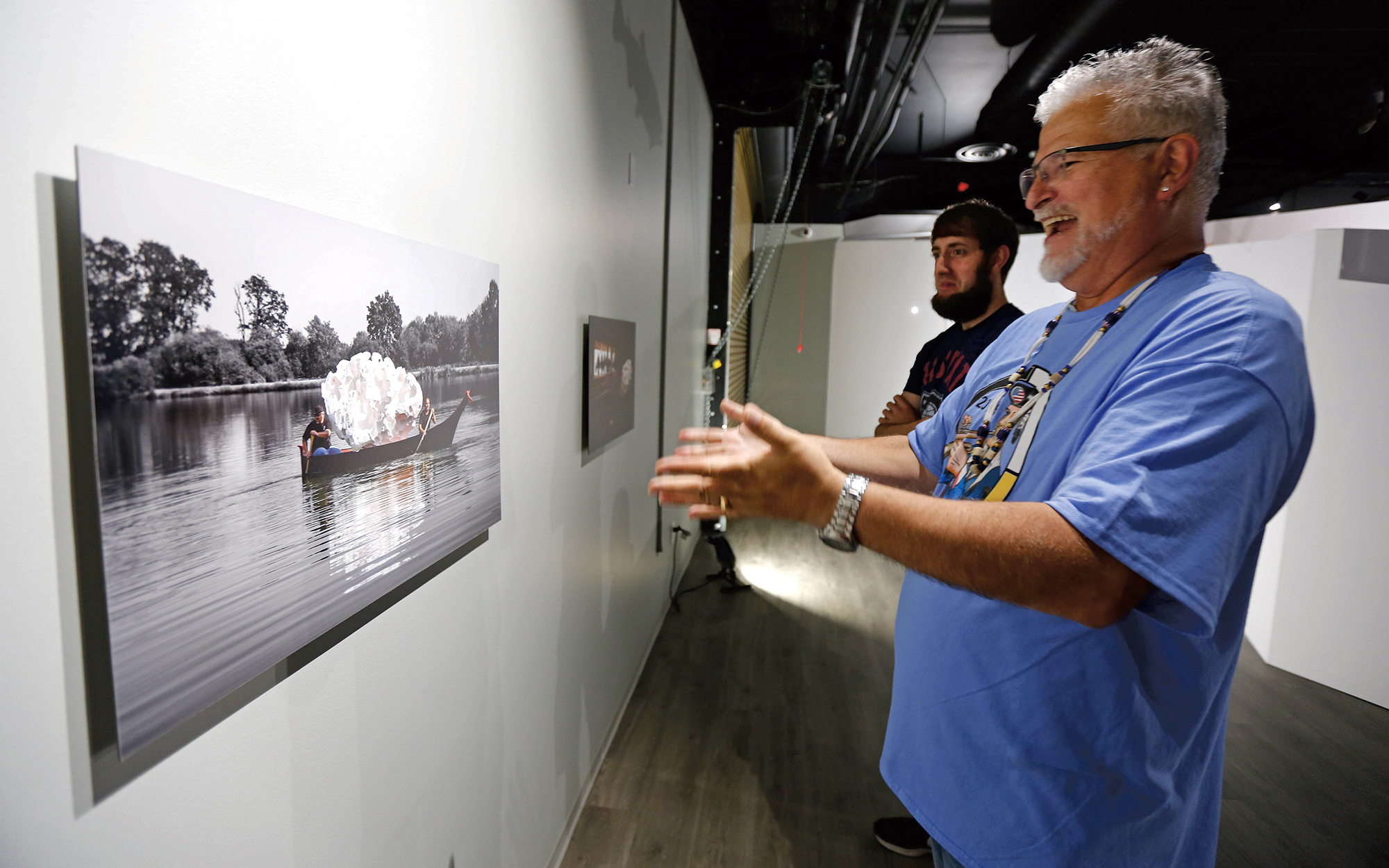Culture
Yesteryears -- Aug. 1, 2024

Yesteryears
2019 – Chachalu Museum opened a new temporary exhibit, “Witness,” that told the story of Tomanowos, and included a 110-pound foam replica of the sacred meteorite, created by artist Garrick Imatani. The exhibit was 4 years in the making, and included items loaned from several other institutions, and a video of visits to the American Museum of Natural History in New York, where the meteorite is now housed. The exhibit also contained a film depicting an imaginary journey home by Tomanowos, which was originally removed from the Willamette Valley from land that had once belonged to the Tribe.
2014 – The Tribe broke ground for its new Human Resources, TERO and Vocational Rehabilitation Programs building in late July. The 12,000-square-foot building was expected to be completed by spring 2015 and was intended to be a “one-stop-shop” for members seeking Tribal employment.
2009 – Grand Ronde Station announced it would be open 24 hours a day, and was switching to environmentally-friendly take-out containers made from wheat and utensils made from cornstarch, rather than plastic. Convenience Store Assistant Manager Margie Holmes said that loggers and casino employees often needed to dine late at night or in the early morning hours, and the new schedule would make it easier to accommodate them.
2004 – Veterans turned out in force for the 2004 Veterans Powwow, celebrated on a weekend of perfect weather. Announcers Nick Sixkiller (Cherokee) and Tribal Elder Bob Tom presided over the ceremonies, while host drum Eagle Beak Drummers were joined by Northwest Connection, Warner Austin, White Wolf Singers, Redland and the Chet Clark Group.
1999 – The Cultural Resources Department hosted a daylong cultural heritage workshop at the new Governance Center to inform members about efforts to recover ancestral artifacts and remains, revive Native language, and the link between Grand Ronde and Iroquois Tribes. According to Historian Bruce Watson from Vancouver College in British Columbia, at least six Iroquois who were employed by the Northwest Fur Trading Company came to Oregon, where they married members of local Tribes and lived near each other on the Yamhill River.
1994 – The Tribe reached an agreement with Polk County to hire a deputy to begin patrolling Grand Ronde, to combat increasing crime and drug use. The Tribe agreed to pay for the new deputy’s salary and benefits. In exchange, the agreement called for patrolling both Tribal and non-Tribal lands.
1989 – Tribal Chairman Mark A. Mercier reported to the council and Tribe that the Tribe was seeking to purchase available property in the Grand Ronde area. He received council authorization to work with a real estate consultant to appraise potential properties.
Yesteryears is a look back at Tribal history in five-year incremeents through the pages of Smoke Signals.
